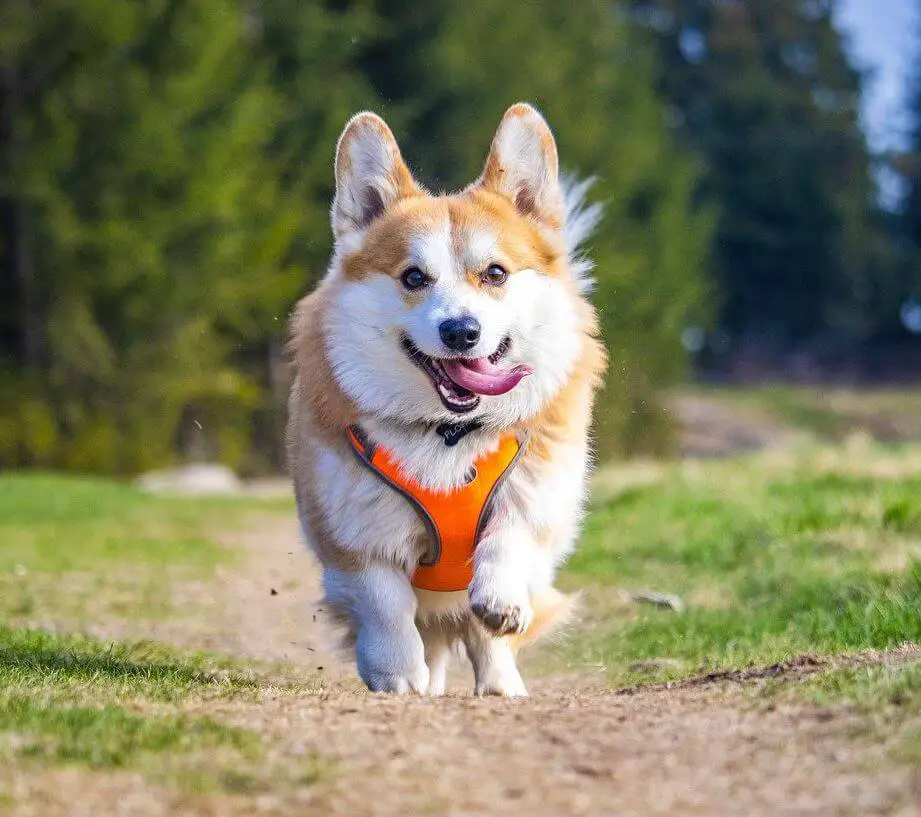An excited dog can be a delightful sight for any pet owner. Their wagging tails and joyful barks often seem like clear indicators of happiness. However, interpreting a dog’s excitement isn’t always straightforward. While it can indeed signify happiness, it’s essential to understand the nuances behind their behavior. In this article, we’ll delve into the different facets of dog excitement, distinguishing between happy excitement and over-excitement, and offering tips for effectively managing it.

Happy Excitement:
- Relaxed Body Language: Happy excitement is typically accompanied by relaxed body language. A dog displaying happy excitement often has a wagging tail, loose muscles, and a soft gaze. While they may jump around or bark playfully, their overall demeanor exudes relaxation and joy.
- Positive Context: Context matters significantly in discerning happy excitement. If your dog is excited about playtime, going for a walk, or seeing a familiar friend, it’s likely a positive trigger for happiness.
- Short-Lived: Happy excitement tends to be short-lived. Once the initial excitement subsides, your dog will likely settle down and engage in the activity at hand with focus and enthusiasm.
Over-Excitement:
- Physical Signs: Over-excitement manifests through physical signs such as excessive panting, drooling, dilated pupils, and pacing. These signs indicate a state of over-arousal, which can be stressful for dogs.
- Difficulty Calming Down: An over-excited dog may struggle to calm down even after the triggering stimulus is removed. They may remain hyperactive and find it challenging to focus on other tasks.
- Destructive Behaviors: In severe cases, over-excitement can lead to destructive behaviors like chewing or incessant barking. These behaviors often stem from pent-up energy or frustration.
Understanding the Difference:
- Intensity and Duration: Distinguishing between happy excitement and over-excitement lies in the intensity and duration of the behavior. While short bursts of playful energy are normal, prolonged hyperactivity suggests over-arousal.
- Context Matters: Consider the context in which the excitement occurs. If your dog appears overly excited about something they find scary or intimidating, such as loud noises or unfamiliar people, it could indicate fear-based excitement rather than happiness.
Tips for Managing Excitement:
- Manage the Environment: If certain situations trigger over-excitement in your dog, consider removing them from the stimulating environment or managing the trigger effectively.
- Calm Redirection: Once your dog has calmed down slightly, redirect their energy towards positive activities like training exercises or interactive play with toys.
- Provide Mental and Physical Exercise: Ensuring your dog receives an adequate amount of daily exercise and mental stimulation is crucial. This helps them expend energy in a healthy manner and reduces pent-up excitement.
In Conclusion:
While excitement can indeed be a sign of happiness in dogs, it’s essential to pay attention to context and intensity. By understanding your dog’s body language and overall demeanor, you can distinguish between happy excitement and over-arousal. Through effective management strategies, such as environmental control, redirection, and providing outlets for energy release, you can help your dog experience appropriate levels of excitement and lead a happy, balanced life.
